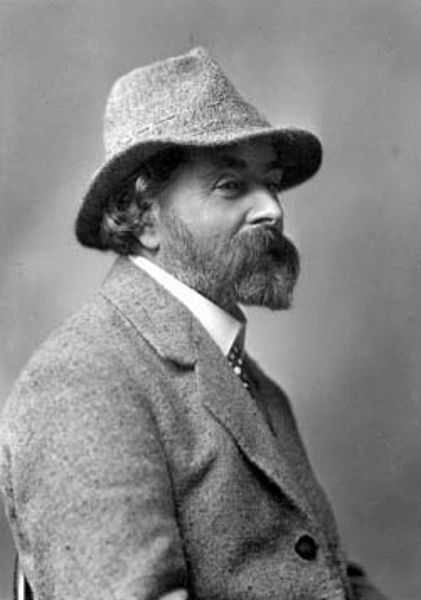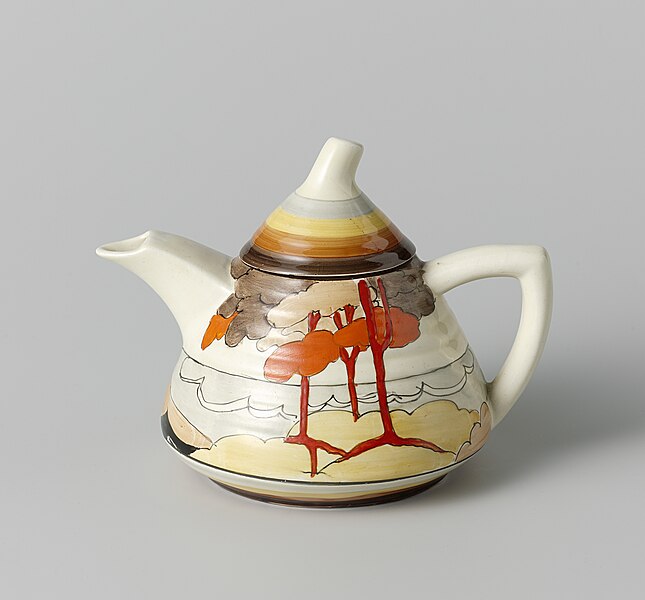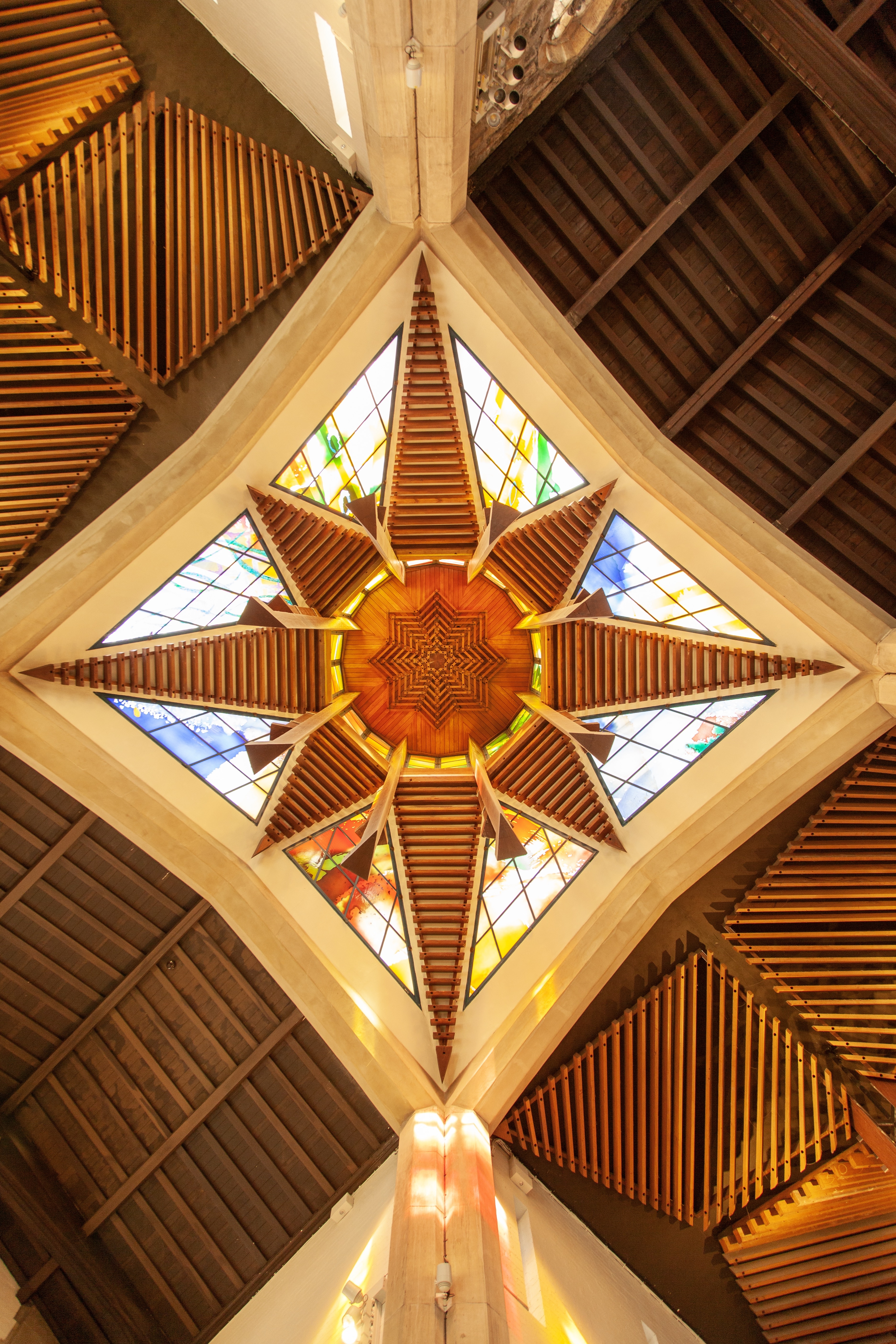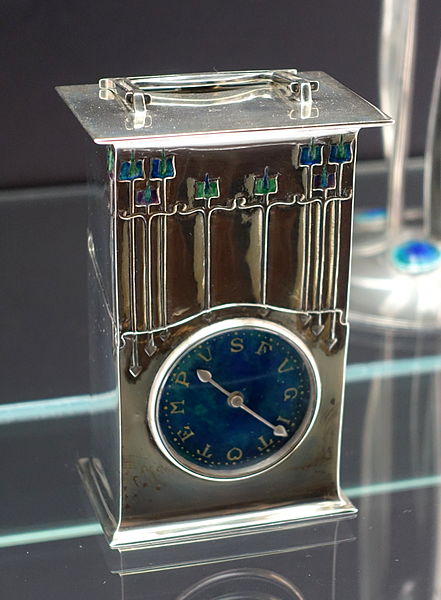
Origins and Inspirations
British Art Deco manifested as a response to the technological advances of the era and a renewed interest in non-Western art, spurred by archaeological discoveries such as the tomb of Tutankhamun in 1922. The movement’s distinct style combined modernist shapes with exquisite motifs and materials, symbolising luxury and the cutting-edge of design.
Rise to Popularity

The movement was not confined to galleries and museums; it was a pervasive part of British life, influencing everything from the architecture of London’s underground stations to the design of everyday household items. The style spoke to a nation recovering from war, promising a future filled with glamour and technological progress.
Two British artists stand out for their contributions to the Art Deco movement: Clarice Cliff and Archibald Knox. Cliff was instrumental in bringing the Art Deco style into the popular domain through her innovative ceramic designs, which were notable for their bold colours and stylized landscapes. Archibald Knox, on the other hand, is remembered for his influential metalwork that incorporated Art Deco themes into practical items, blending form with function.

The End of an Era
The onset of World War II necessitated a shift towards more functional and less decorative design styles, leading to Art Deco’s decline. The economic pressures and material shortages of the war years called for a simpler, more utilitarian approach to design, which had little room for Art Deco’s opulence.
Art Deco Legacy

Art Deco’s impact on British design is undeniable. It introduced a style of visual luxury and modernity that continues to influence contemporary art and design. Its legacy is one of innovation and beauty, echoing through time in various forms and movements.
Explore our female figure and art deco collection here at Lithobee to take a piece of the past into your home today.




